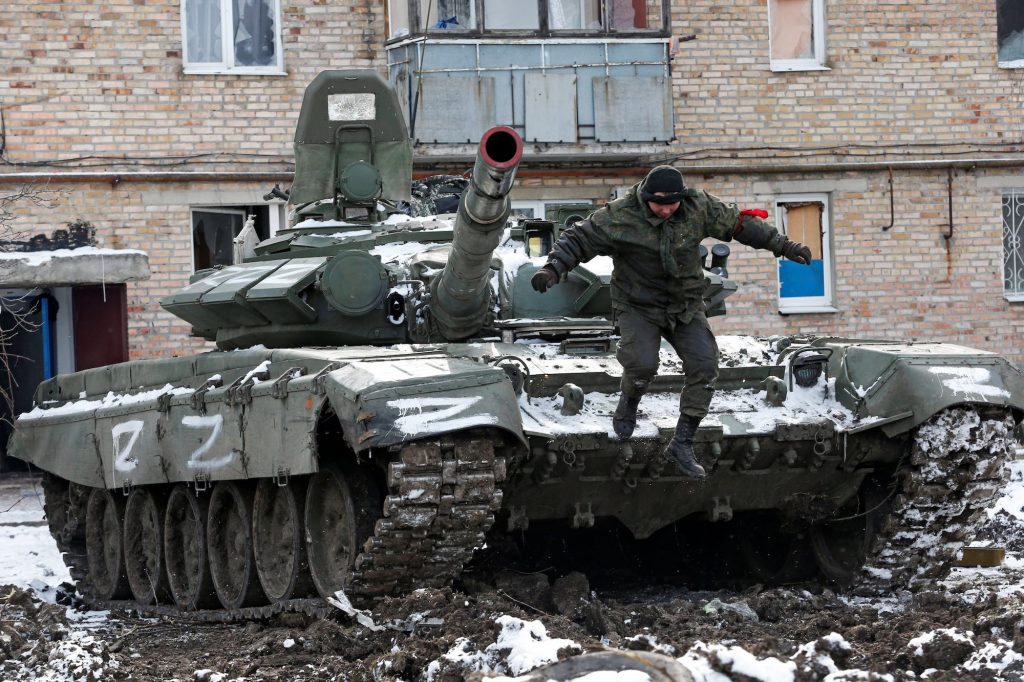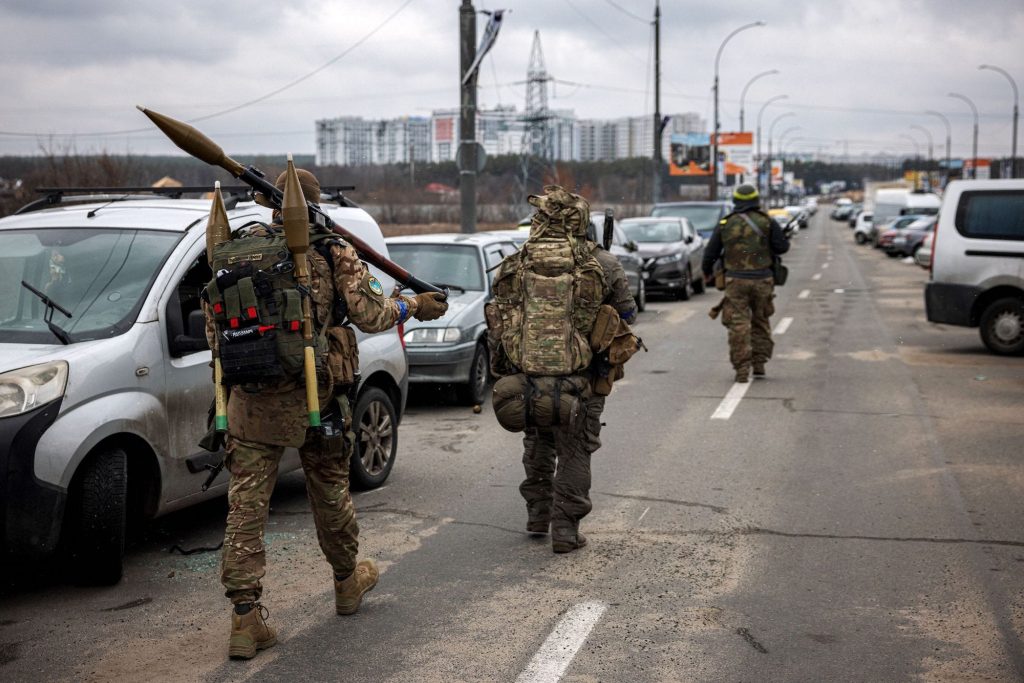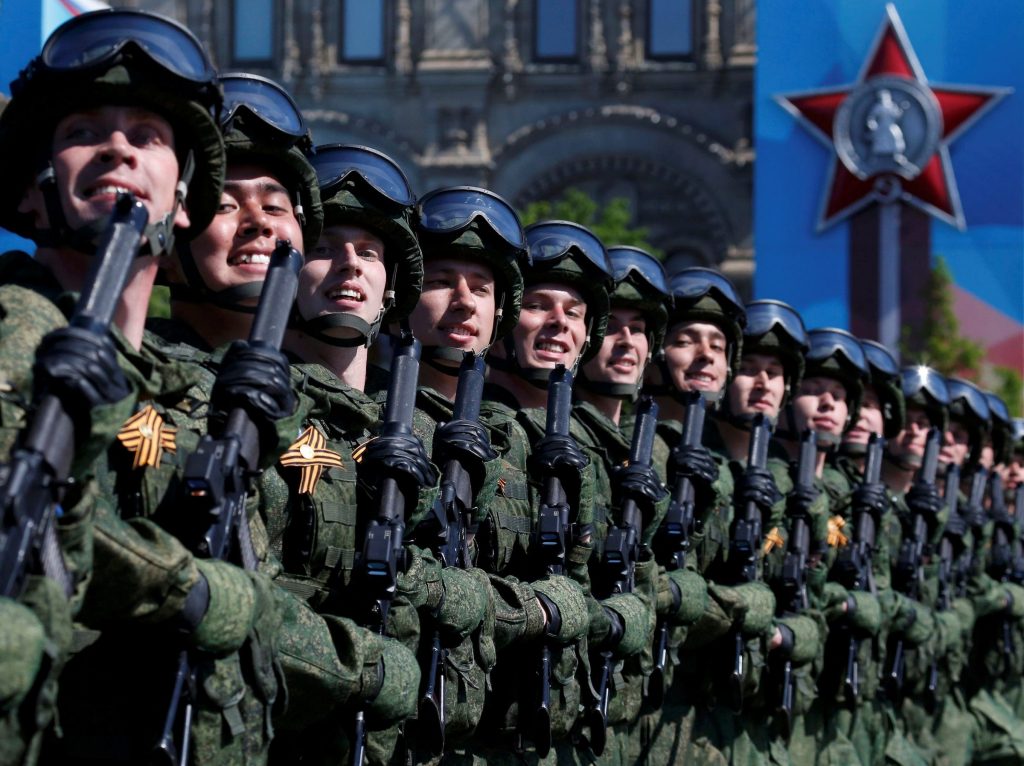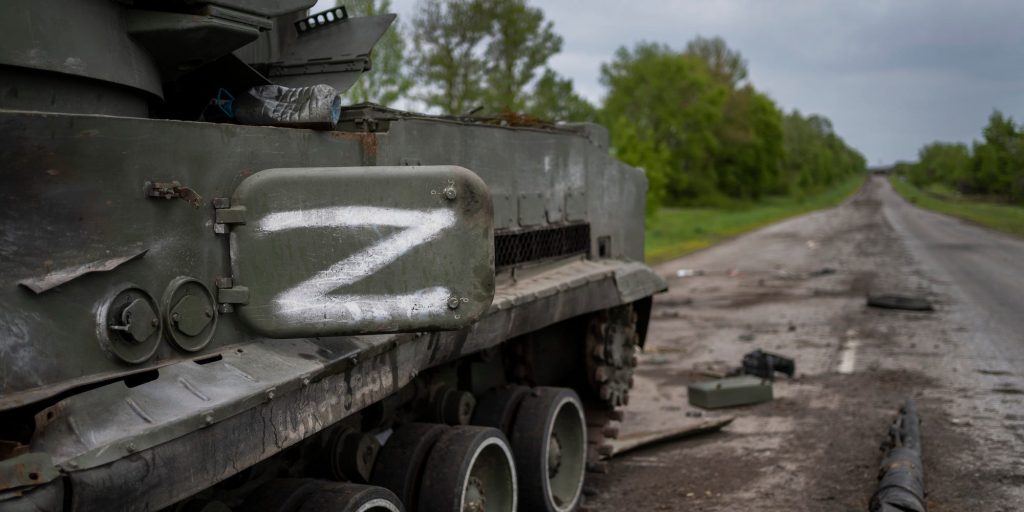- Many US officials assumed that Russia's attack on Ukraine would be a quick victory for Moscow.
- With the conflict approaching its fourth month, those US officials are revisiting their assumptions.
- The faulty assessments reflect the inherit difficulty of analyzing another military's capabilities.
More than 100 days after Russia renewed its attack on Ukraine, and the world has seen that the Russian military isn't what it was believed to be.
The Russian force the US military and intelligence agencies believed to be a near-peer adversary hasn't shown up. The force that did appear had its main thrust blunted by smaller Ukrainian units. After taking heavy casualties and achieving few objects, Moscow pulled back its troops and lowered its ambitions.
Something was off in US assessments of Russia's military, and the Pentagon and intelligence community have admitted that they missed indications that Moscow was in fact fielding a "hollow force."
A hit and a miss

The US intelligence community is conducting an internal review of its processes after underestimating Ukrainian resolve and overestimating Russian military capabilities.
The faulty assessment in Ukraine comes after the Pentagon's extremely poor assessment of the Afghan military, which US leaders thought would be able to hold off the Taliban for months after the US withdrawal.
During a Senate Armed Services committee hearing in May, lawmakers questioned Avril Haines, the director of national intelligence, and Lt. Gen. Scott Berrier, the director of the Defense Intelligence Agency, about their agencies' assumptions in Ukraine, focusing on assessments that Kyiv would fall in three to four days and that the war would last only two weeks.
"We assessed their capacity to face the size of the Russian forces that were amassed on their border was going to be very difficult for them," Berrier said of the Ukrainians.

"What we did not see from the inside was sort of this hollow force" that lacked an effective non-commissioned officer corps, leadership training, and effective doctrines, Berrier said of the Russians. "Those are the intangibles that we have got to be able to get our arms around as an intelligence community to really understand."
Pressed by lawmakers, Berrier said that the DIA would take a hard look at what it had missed by stressed that in "the totality of the entire operation there were a lot more successes than failures."
While US intelligence agencies misinterpreted the effectiveness of the Russian and Ukrainian militaries, they provided accurate information about Russia's intentions in the months prior to Russia's attack, which began on February 24.
Those accurate assessments — many of which the White House has released to allies and the public — helped rally international support for Ukraine and burnish the US's credibility.
How the US assesses foreign militaries

Intelligence analysts face several hurdles when assessing the capabilities of an adversary.
"When you deal with a foreign actor, analysts can fall prey to a number of mental traps, from confirmation bias, availability bias, or even favoring existing analytic lines over new information," Michael E. van Landingham, a former Russia analyst at the CIA, told Insider.
"Analysts constantly have to try to check themselves and each other through a variety of formal and informal analytic methods to make sure they are not making an error of judgement," van Landingham added.
US intelligence agencies rely on several intelligence collection methods to feed the analytical process.
Human intelligence, the most traditional method, can be the most valuable, depending on the source, as it can provide direct insight into an adversary's plans and intentions. Signals intelligence is gathered from intercepts of electronic communications.

Open-source intelligence, the new kid on the intelligence block, cobbles together publicly available information from sources like press reports or social media. Imagery intelligence draws on images taken by satellites or aircraft to document an adversary's movements.
Analysts rely on all of the above methods to inform policymakers, but analysts — and policymakers — have to accept that they will seldom know the complete picture.
Collection gaps are often wider and murkier when dealing with adversaries that are skilled at deception and counterintelligence, especially the Russian security services, which are known for their aggressive and complex methods.
"Collection gaps result from a lack of total information. Perhaps you lost access to a technical source or never had it. Perhaps you lack a human perspective on high-level deliberations," said van Landingham, who is founder of risk-analysis and research firm Active Measures.
"In any event, many policymakers will demand more information than you could hope to get, or there is a critical 'known unknown' that prevents an analyst from having high confidence in a judgement," van Landingham added.
Stavros Atlamazoglou is a defense journalist specializing in special operations, a Hellenic Army veteran (national service with the 575th Marine Battalion and Army HQ), and a Johns Hopkins University graduate.
